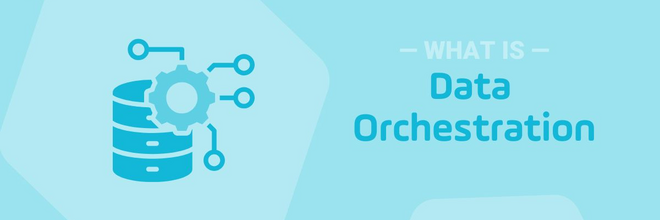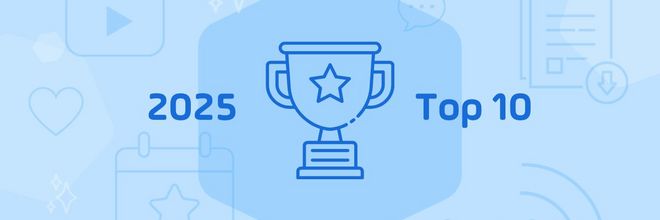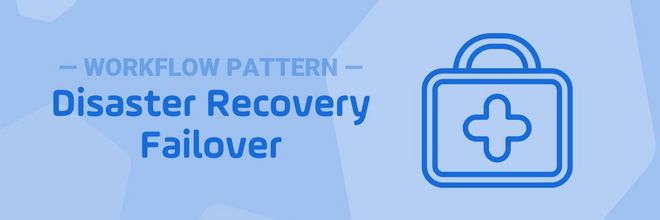Success Story
Achmea: Modern Workload Automation Platform Powers the Move to a Hybrid IT Environment
With Universal Automation Center, the largest Dutch insurer consolidates multiple scheduling and file-transfer platforms to a single comprehensive solution for hybrid IT automation and data pipeline orchestration.
Background
Founded in 1811, Achmea is the largest insurance provider in the Netherlands. With more than 13 million customers and over 15,000 employees worldwide, Achmea is also active internationally in Turkey, Greece, Slovakia, Germany, Australia, and Canada.
Achmea’s core business lines are nonlife, health, income protection (disability income insurance), pension services, and asset management. Befitting its origins and status as a mutual insurer, Achmea’s mission is Sustainable living. Together. It means working together to ensure that people’s lives can go on, even when the going gets tough. It means coming up with solutions to ever new challenges together. And it means seeing opportunities where others no longer see them.
Taking the long view and investing in the future also drives the Achmea IT team responsible for workload automation and IT infrastructure architecture. Achmea is known for its cloud-first and data-first strategies, which have involved a significant shift from on-prem data centers to Azure.
Challenges
As a financial services company, Achmea requires full control over their secure file transfer and job scheduling applications. One challenge standing in the way of full control was Achmea’s heterogeneous environment, consisting of a distributed side as well as a traditional IBM mainframe with its CA7 scheduler.
According to Integration Infrastructure Architect Gerlof Bril, “We saw the need for a single solution that could work with all the platforms in our company and perform file transfer as integrated tasks within a workflow. It also needed to work in a hybrid/multi-cloud environment.”
To begin with, however, Achmea needed to eliminate numerous point-to-point file transfer tools and replace platformspecific job schedulers, which had accumulated through acquisition of insurers as part of the company’s growth strategy. The ultimate solution was to consolidate platforms into a single workload automation and orchestration solution that included an integrated, state-of-the-art file transfer component.
“Our infrastructure is changing, from on-premises to a multi-cloud environment. That brought forth a lot of changes, like needing to transfer files in a seamless, transparent way from platform to platform. We wanted an umbrella over all of our file transfers and schedulers, and when we combined Stonebranch agents with Universal Controller we had an advanced solution to get the level of control we needed.”
The Solution
Achmea’s first priority was getting in control of its applications and environments and consolidating multiple legacy solutions into a single workload automation and file transfer solution. Multiple tools had to be consolidated, from SAP Process Automation by Redwood to IBM Tivoli (aka, IBM IWS/TWS), from Unisys to Unix. And the volumes were quite large: over 4 million jobs run each month, consisting of about 30,000 workflows, tasks and trigger definitions.
According to Mr. Bril, “We wanted a single solution from which we could configure the complete workflow, from beginning to end. That was our first, big challenge.”
Mr. Bril, in his role as an architect, was responsible for the process of selecting a modern workload automation solution. Achmea looked closely at three solutions and chose Stonebranch’s Universal Automation Center (UAC) on the strength of its agent technology. “We wanted an umbrella over all of our file transfers and schedulers, and when we combined Stonebranch agents with Universal Controller we had an advanced solution to get the level of control we needed.”
Data Pipeline Orchestration
UAC’s in-built file transfer capabilities play a pivotal role in Achmea’s data analytics platform, and ultimately, the company’s operations. Achmea relies on UAC for internal and B2B file transfers, data transfers to and from containers, and triggering components in Azure such as Data Factory, Synapse, and Power BI. The extensive use of workload automation in the data analytics platform is evident in the company’s weekly execution of more than 1 million task instances. Annually, that’s more than 60 million task instances based on over 24,000 task definitions.
DataOps and MLOps Methodologies
Achmea continues to innovate in data analytics, too. After running a proof-of-concept a few years ago, Achmea now combines modern DataOps and MLOps methodologies with drone photography to assess hailstorm damage to greenhouses.
Learn More About Achmea's Approach to MLOps and DataOps
ML pipeline orchestration supports Azure technologies in:
Collecting, storing, and processing images in Microsoft SQL
Training models for damage recognition
Creating dashboards for visualization and reporting
Cloud Agnostic Automation
UAC also provides Achmea the cloud agnostic workload automation solution it needs. “Our infrastructure is complex — it’s comprised of on-prem, private cloud, and public cloud environments,” Mr. Bril notes. “That brought forth a lot of changes, like needing to transfer files in a seamless, transparent way from platform to platform.”
“We are now in full control. We know where the file transfers are, we know their status and we know which jobs are attached to the files. Stonebranch UAC just works the way it’s supposed to, which for me is high praise for any workload automation platform.”
The Results
“The biggest advantage we’ve had from deploying UAC,” Mr. Bril says, “is that we are now in full control. We know where the file transfers are, we know their status and we know which jobs are attached to the files. Stonebranch UAC just works the way it’s supposed to, which for me is high praise for any workload automation platform.”
Consolidating numerous platforms has also significantly reduced the annual licensing costs Achmea had been paying for file transfer and scheduling tools. And with a single WLA solution, Achmea now manages this aspect of IT automation with a smaller staff that works more efficiently.
Mr. Bril also values the straightforward, productive working relationship with the Stonebranch team: “We communicate very effectively and productively. Whether it’s getting a problem resolved or talking about product enhancements, it’s always easy to get the right people on the line and get results. With other vendors, it’s often just the opposite, so we really appreciate the short lines of communication.”
With consolidation and control achieved, and data pipelines and cloud environments orchestrated, Achmea is well positioned to meet changing IT automation needs and organizational priorities.
Start Your Automation Initiative Now
Schedule a Live Demo with a Stonebranch Solution Expert






